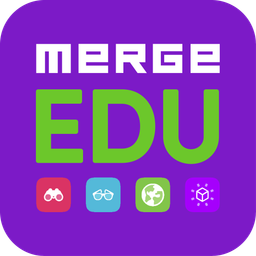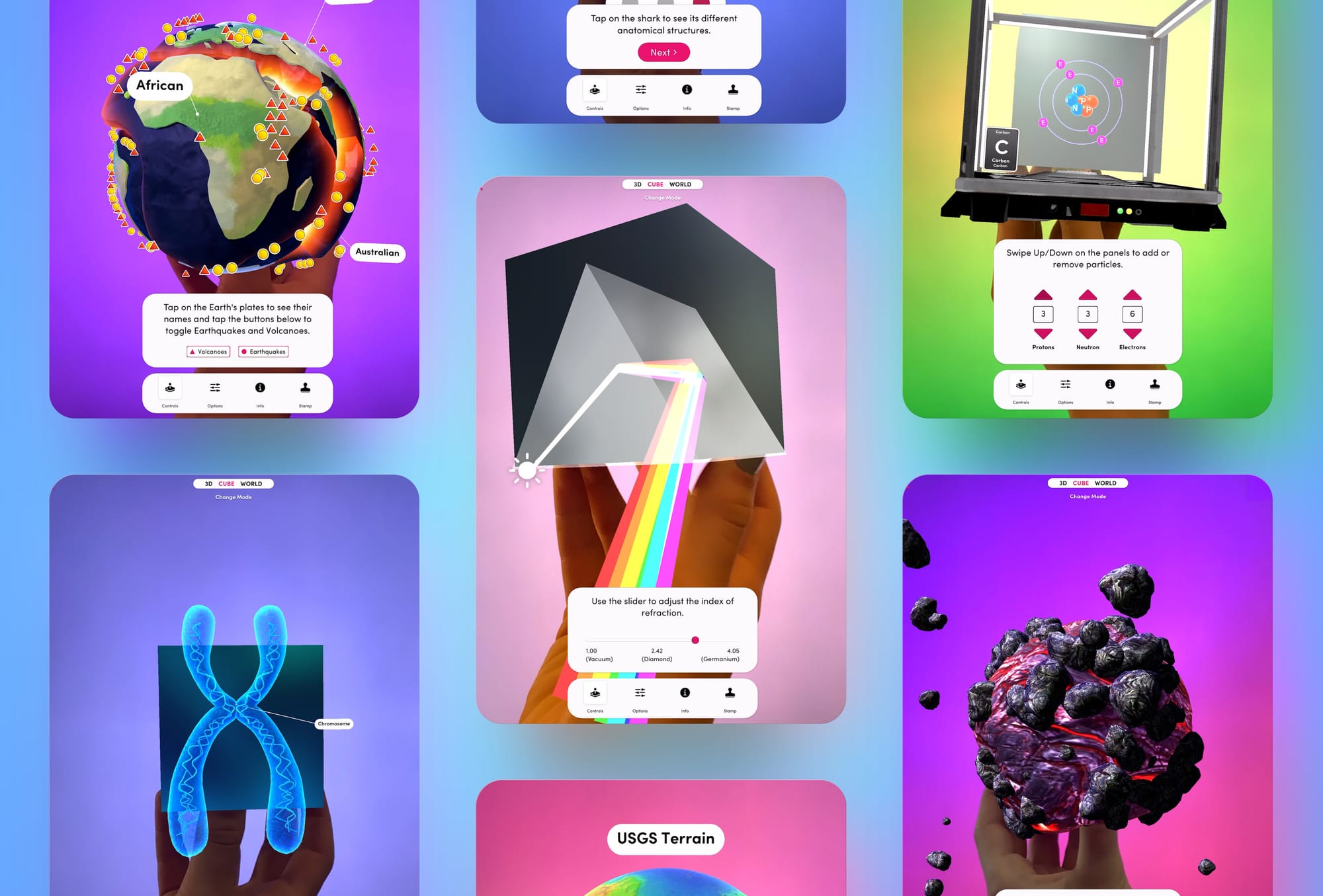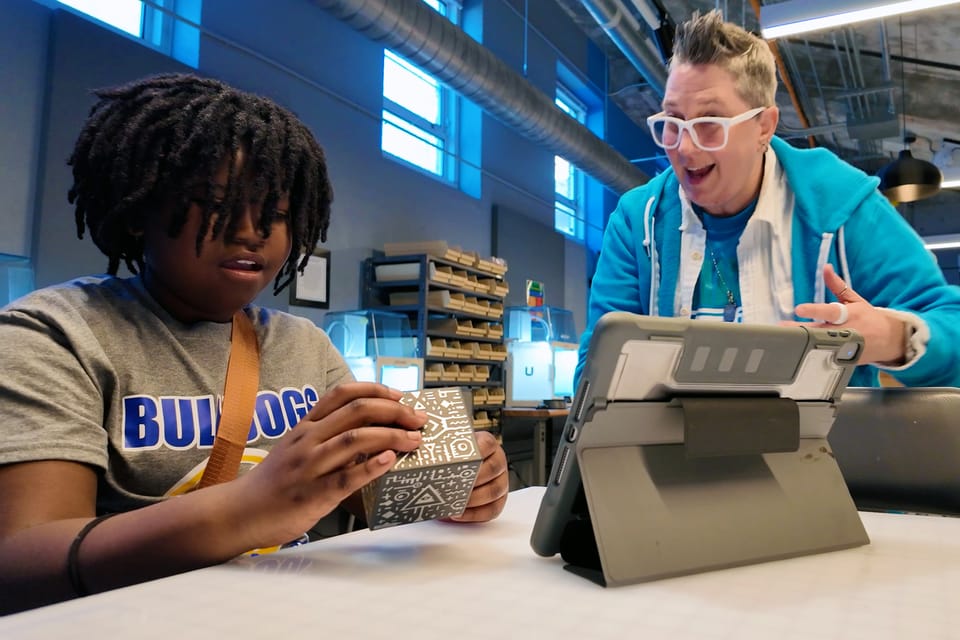Unlocking 21st-Century Skills with AR in Science Education
The AR technology in Merge EDU significantly boosts students' capacity to develop essential skills demanded by today's and tomorrow's careers.

A recent study from St. Cloud State University by Rumy Lee highlights the transformative role of augmented reality in science education by creating immersive learning experiences and fostering essential skills development such as critical thinking, collaboration, creativity, and problem-solving.
Interactive Inquiry-Based Learning
Inquiry-based learning (IBL) encourages students to think like scientists, posing questions, hypothesizing, and conducting experiments. With AR-enhanced IBL, students dive deeper, becoming more engaged and interactive. AR applications guide learners seamlessly through the inquiry phases, presenting information vividly and contextually, reducing cognitive load, and enhancing understanding.
Students as Creators
When students create their own AR content, learning transforms from passive to active engagement. Research by Nielsen and colleagues demonstrates that having students design AR animations around complex science phenomena significantly boosts creativity and collaborative skills. Tools like Merge Cube empower students to produce their own interactive AR projects, deeply engaging with science concepts through creation and exploration.
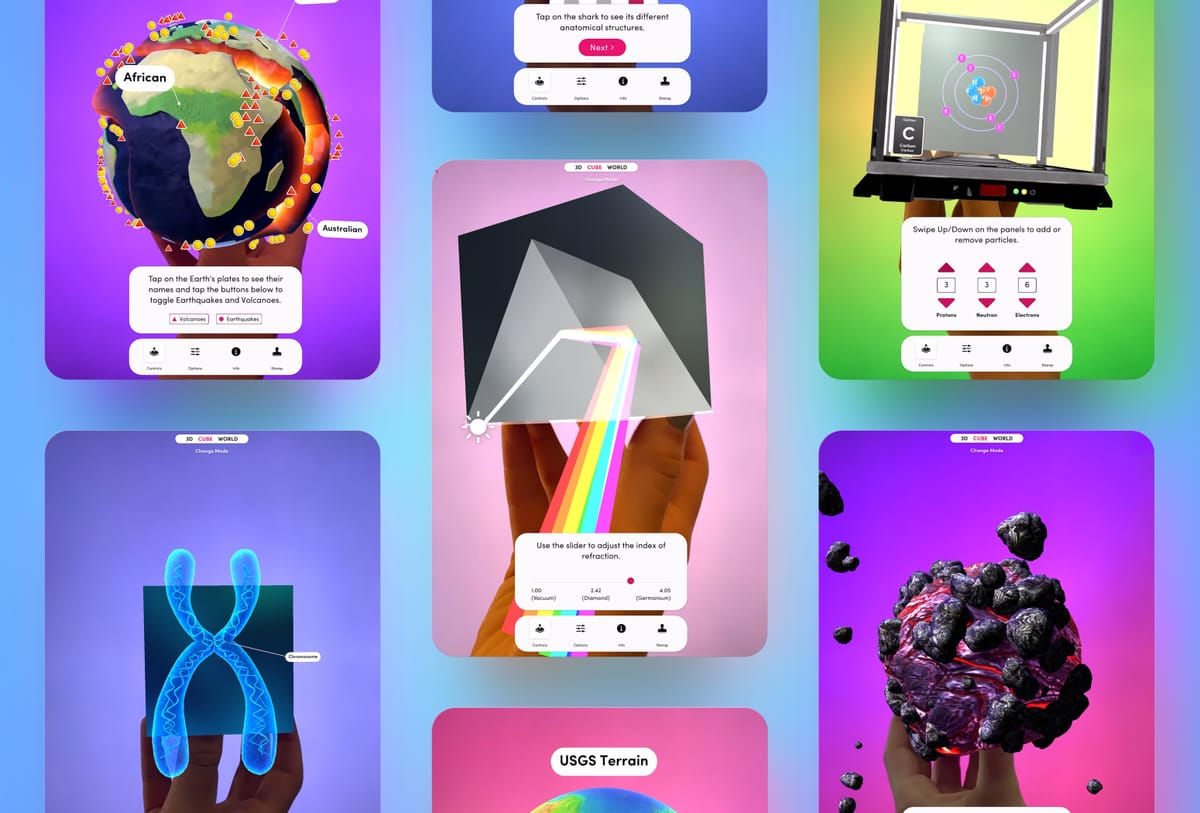
Enhancing Worksheets with AR
Traditional worksheets in science labs can be dramatically enhanced using AR. Embedding AR videos into worksheets for practical lessons equips students with visual and interactive guides, facilitating deeper understanding and independent exploration. This approach allows students to analyze, evaluate, and apply complex concepts in real-time.
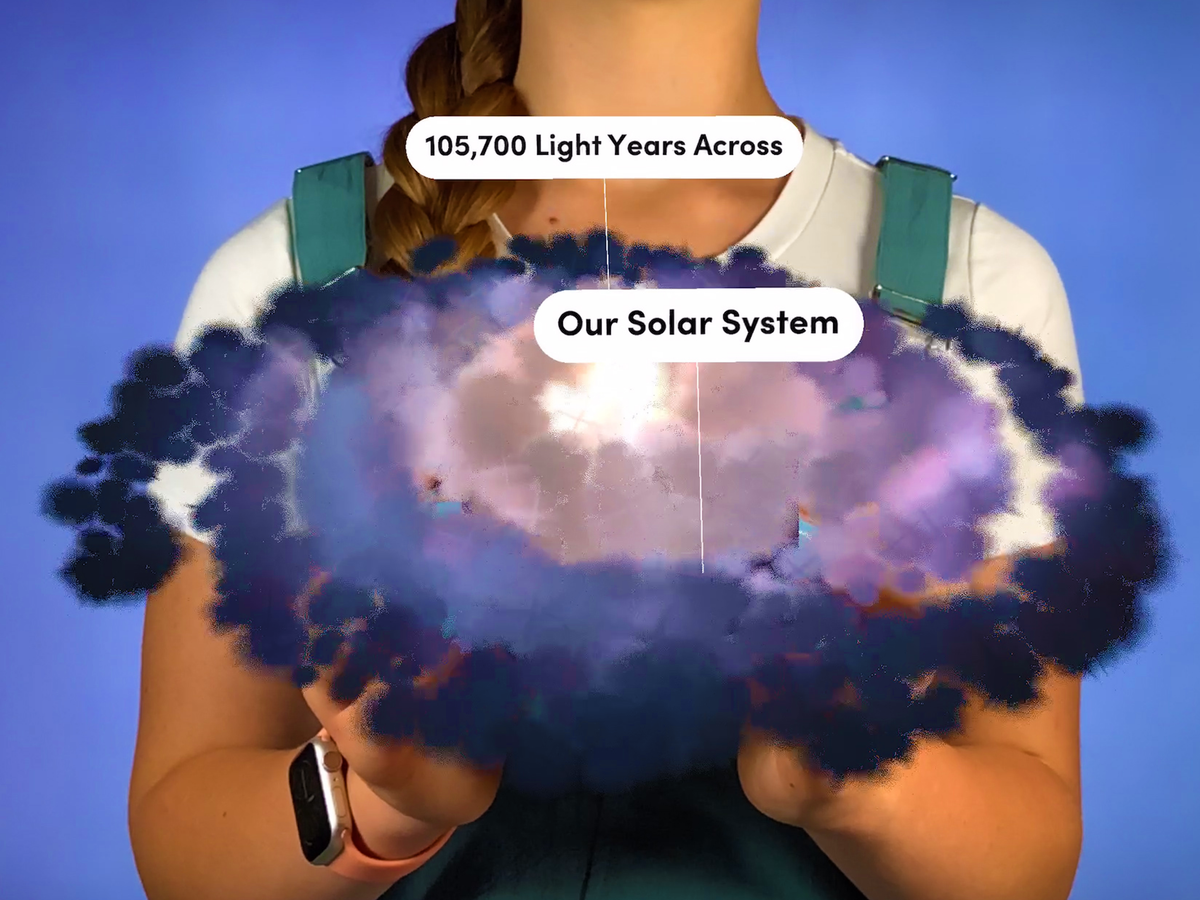
Collaboration Through AR
Collaboration skills skyrocket when AR is introduced into the learning process. Studies indicate that AR prompts students to communicate more effectively and frequently, enhancing teamwork in solving science problems. AR supports meaningful interactions, making complex tasks easier to tackle collaboratively.

Simplifying Complex Concepts
Complex science topics often become barriers to deeper learning. AR addresses this challenge by simplifying abstract ideas into tangible, visual and hands-on experiences. For example, AR can vividly represent the internal structures of plants or animals, making detailed analysis accessible and engaging, thus strengthening critical analytical skills. And with a Merge Cube, students can actually hold and interact with these concepts.
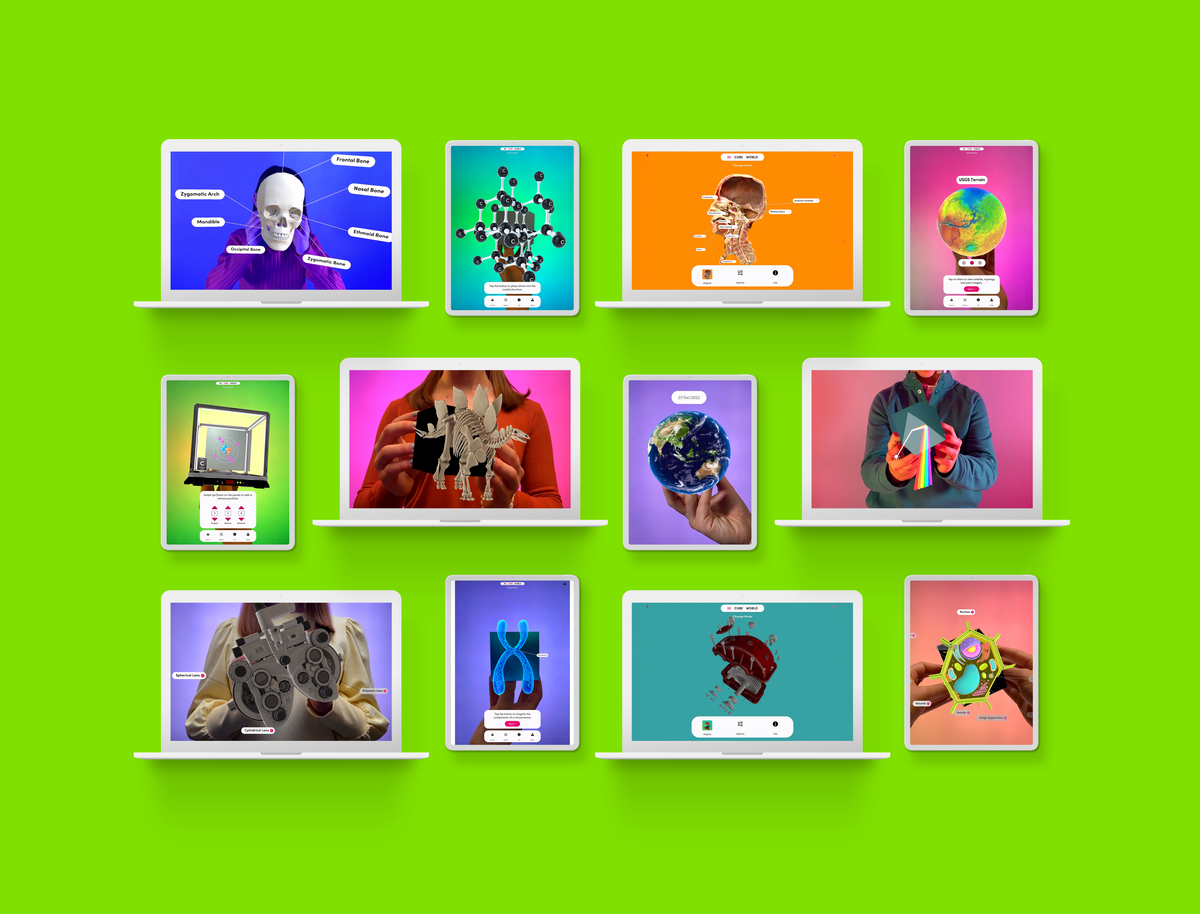
Why It Matters
An educator's mission is to equip learners for success. The AR technology in Merge EDU significantly boosts students' capacity to develop essential skills demanded by today's and tomorrow's careers. The combination of interactive AR, thoughtful lesson design, and inquiry-based activities prepares students for real-world challenges, nurturing a generation of curious, confident, and capable problem-solvers.
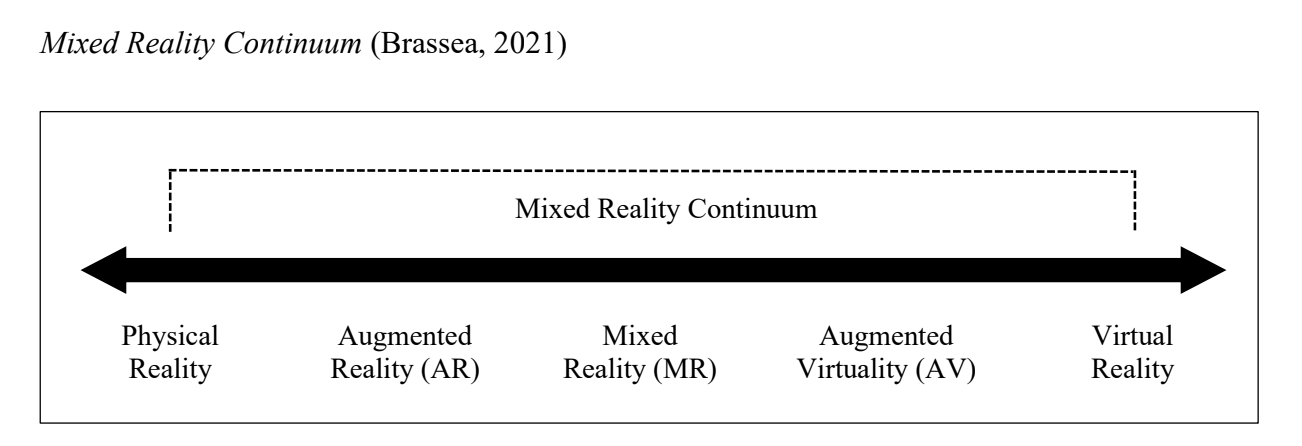
Explore how Merge EDU can transform your classroom and empower your students by signing up for the free trial at TryMerge.com. Be sure to print Merge Paper Cubes for your students by visiting Mergecube.com/paper.


